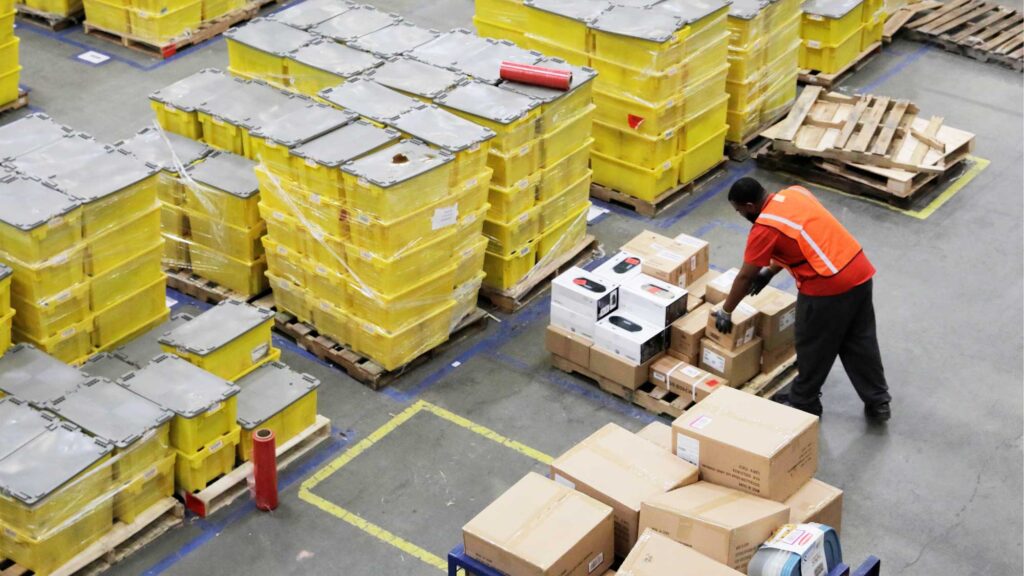
When it comes to food transportation, it becomes a lot more different than the usual logistics of every other product in the logistics industry. Not only because of the various classification food has, but also because of the lack of awareness regarding the transportation of that many types of food create an immensely difficult situation when it comes to food transportation.
Today we will talk about Frozen Food vs. Fresh E-commerce Last Mile Delivery. What are the differences that play their parts in transportation of fresh food and frozen food, and what impacts they leave requiring the different infrastructures for the two kinds of food. You might ask why the knowledge is worth having. Let us help you—We are all aware of the fact that if you wish to transfer food in one piece, timing is one of the most critical aspects. If you hire a professional third-party logistics company, also known as 3PL, you need to be aware about the differences between shipping fresh vs frozen foods.
Differences Between Shipping Fresh Vs Frozen Foods
1. Firstly, the fresh and frozen foods have noteworthy variations in their shelf-life. Fresh foods start perishing the very moment they are processed. Though they carry on perishing at different degrees during the packaging and conveyance process, it very much depends on the condition in which they are kept.
2.On the other hand, frozen foods usually have 2-year cessation dates if they stay frozen. It must be noted that they strictly necessitate a very minute temperature control to continue being frozen. While fresh foods can be often kept cold with normal gel packs, frozen foods require dry ice and/or special gel packs. Many renowned e-commerce food delivery companies hinder this truth, but you must know that in either case, you need to supply the orders to your customers within two days to make sure that fresh food are still fresh and frozen foods are still frozen.
3.Technology also plays a vital role in making sure that every kind of food—fresh or frozen arrives at their destination in its absolute condition. Technology gathers the information about the optimal temperature, required time, and possible interruptions during transit. After the collection of data, it is used to enhance the complete process.
Wrapping up
The data helps the e-commerce last mile delivery company to make changes to the existing packaging, insulation and amount of gel packs or dry ice and make a better overall logistics infrastructure. This is supportive for the whole frozen food consulting system to ensure that the frozen goods don’t get perished and that fresh foods are still in good shape when they get delivered to the client.